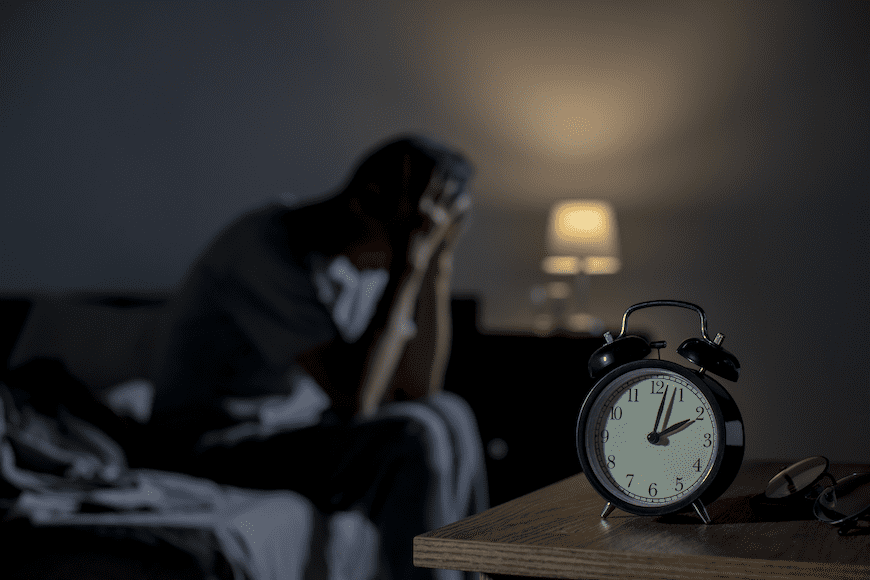Despite its endurance – Congress codified daylight saving time (DST) into law in 1918 – public sentiment continues to mount against the biannual exercise. The only lingering question is which time to stick to.
- Arizona and Hawaii both ended the practice of moving the clocks years ago.
- Multiple U.S. territories remain on standard time (ST) year-round, such as American Samoa, Guam, Puerto Rico, and the Virgin Islands.
- Several other state legislatures – in Maine, Massachusetts, Minnesota, New York, Oklahoma, Pennsylvania, South Carolina, Tennessee, Vermont, and Oregon, – are all mulling bills to end DST, Forbes reported.
- Even more states would rather embrace DST, including California, Colorado, and Florida.
But what does the science say?
The Journal of Clinical Sleep Medicine published a study just before this year’s time change that exposed a jump in the severity of medical malpractice incidents during DST.
The data revealed that medical malpractice incident severity and payment decisions trended higher during the seven to eight months of DST compared to the four to five months of standard time.
“The spring daylight saving shift has long been connected to sleepiness, cardiovascular events, and driving accidents, but only recently have we begun to recognize that decision-making processes are also affected at the population level by the spring time shift,” co-author and associate professor of psychology and neuroscience at Baylor University Michael Scullin, PhD, said. “The current results add to this literature by showing that an area that one would hope would be immune — medical errors and malpractice litigation — is susceptible, too.”
Methodology
The research team pored over roughly 30 years of malpractice claims from the National Practitioner Data Bank, the country’s most exhaustive repository of malpractice filings – 288,432 in all. Relying on data between January 1990 to September 2018, the researchers focused on claims one week before and after the annual spring time change.
The team also considered chronic effects by comparing claims during the months of daylight saving time with those during the months of standard time. The study incorporated Arizona and Hawaii as control states.
Another co-author, Chenlu Gao, PhD, stressed the fact that this study did not address causality. But she added that this research reinforces earlier studies that suggest DST erodes health care outcomes and drives up the corresponding costs
“In addition to the acute shift to daylight saving time, it is possible that several months of living under daylight saving time leads to accrued circadian misalignment, which then could affect medical errors and legal evaluations,” Gao, a postdoctoral research fellow in the department of anesthesia, critical care, and pain medicine at Massachusetts General Hospital, said. “Our work joins numerous other studies that document the detrimental effects of spring daylight saving time transitions, and the collective evidence should encourage stakeholders and policymakers to reevaluate daylight saving time for the well-being of the general public.”
Taking a Stand
The research follows the updated position statement from the American Academy of Sleep Medicine, which argues for a permanent end to DST.
“It is the position of the AASM that the United States should eliminate seasonal time changes in favor of permanent standard time, which aligns best with human circadian biology,” the statement, which ran in the January edition of The Journal of Clinical Sleep Medicine, reads. “Evidence supports the distinct benefits of standard time for health and safety, while also underscoring the potential harms that result from seasonal time changes to and from daylight saving time.”
Further Reading
Correlates to Improvement in Sleep Duration in Acute Mania and Depression
Testing for Sleep-Disordered Breathing in Psychiatric Practice




